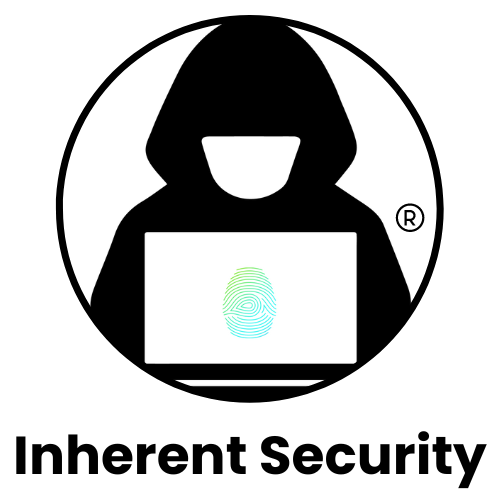The Essential Guide: HIPAA Compliance in the Cloud
Today, safeguarding sensitive patient information is of utmost importance. As healthcare organizations increasingly turn to cloud-based solutions for data storage and management, complying with the Health Insurance Portability and Accountability Act (HIPAA) becomes an essential requirement. Ensuring data security and privacy in the cloud is not only crucial for maintaining patient trust but also for avoiding costly penalties.
In this comprehensive guide, we delve into the world of HIPAA cloud compliance, providing you with the essential knowledge and strategies to protect your healthcare data effectively. From understanding the key elements of the HIPAA Security Rule to using encryption technology and conducting regular risk assessments, we cover it all.
With expert insights and practical tips, you'll gain a thorough understanding of the necessary steps to achieve HIPAA compliance in the cloud. Whether you're a healthcare provider, IT professional, or anyone responsible for handling patient data, this guide will empower you to navigate the complex landscape of HIPAA cloud compliance and ensure the confidentiality, integrity, and availability of patient information.
Security measures for HIPAA compliance in the cloud
When migrating healthcare data to the cloud, selecting a HIPAA-compliant cloud service provider is crucial. Organizations must assess vendors' security practices, encryption capabilities, disaster recovery solutions, and compliance posture to ensure they meet HIPAA requirements. Additionally, entering into a business associate agreement (BAA) with the cloud provider is required to demonstrate the cloud providers commitment to HIPAA security and privacy.
Once a HIPAA-compliant cloud service provider is selected, implementing security measures is essential to protect ePHI. Most of these measures are not enabled by default. This includes configuring firewalls, intrusion detection systems, and data loss prevention tools to prevent unauthorized access. Encryption technologies such as transport layer security (TLS) and virtual private networks (VPNs) should be utilized to secure data transmission and storage. Regular security audits and penetration testing should be conducted to help identify vulnerabilities and ensure continuous compliance with HIPAA regulations.
Ensuring data privacy in the cloud
Data privacy is a fundamental aspect of HIPAA compliance, requiring organizations to establish strict controls over who can access patient information and how it is used. Role-based access controls limit data access to authorized personnel based on their job responsibilities, reducing the risk of unauthorized disclosures. Data encryption at rest and in transit adds an additional layer of protection, ensuring that ePHI remains confidential even in the event of a security breach.
Furthermore, data masking techniques can be employed to anonymize sensitive information for non-clinical purposes, allowing organizations to use data for research or analytics without compromising patient privacy. Regular monitoring of access logs and audit trails helps detect any suspicious activities or unauthorized attempts to access ePHI. By implementing comprehensive data privacy measures in the cloud, healthcare organizations can maintain compliance with HIPAA regulations and protect patient confidentiality.
Best practices for maintaining HIPAA cloud compliance
To sustain HIPAA compliance in the cloud, healthcare organizations must adopt best practices that promote data security and privacy. Regular training and awareness programs educate employees on HIPAA requirements, data handling policies, and security best practices. Conducting periodic risk assessments and vulnerability scans helps identify potential threats to ePHI and implement corrective actions to mitigate risks.
Moreover, establishing incident response procedures enables organizations to effectively respond to data breaches and security incidents, minimizing the impact on patient information. Engaging with third-party security experts and auditors for independent assessments can provide valuable insights into areas for improvement and ensure that compliance measures are effective and up to date. By continuously monitoring and enhancing security controls, healthcare organizations can proactively address emerging threats and maintain HIPAA cloud compliance effectively.
Common challenges and solutions for HIPAA cloud compliance
Despite the benefits of cloud technology in healthcare, organizations often face challenges in achieving and maintaining HIPAA compliance. One common issue is the lack of clarity around shared responsibility between the cloud service provider and the healthcare organization. Clear delineation of responsibilities in the BAA is essential to ensure that both parties understand their roles in protecting ePHI and maintaining compliance.
Additionally, ensuring data integrity and availability in the cloud can be challenging, especially during system outages or cyberattacks. Implementing data backup and recovery mechanisms, as well as disaster recovery plans, can help mitigate these risks and ensure continuous access to patient information. Regularly testing backups and conducting tabletop exercises can validate their effectiveness and readiness to respond to unforeseen events.
The future of HIPAA cloud compliance
By prioritizing data security and privacy, investing in effective compliance measures, and staying informed about best practices, organizations can navigate the complexities of HIPAA cloud compliance with confidence. Achieving and maintaining HIPAA compliance in the cloud is a multifaceted endeavor that requires a proactive and holistic approach to data protection. By understanding HIPAA regulations, selecting the right cloud service provider, implementing strict security measures, ensuring data privacy, and following best practices, healthcare organizations can uphold the trust of patients and stakeholders while avoiding costly breaches and penalties. Embracing the future of HIPAA cloud compliance entails a commitment to continuous improvement, innovation, and collaboration to create a secure and resilient healthcare ecosystem for all!
Check out my featured section to:
Download our HIPAA Guide for compliance insights
Explore our HIPAA GPT tool for instant advice
Talk to an Expert for personalized support
